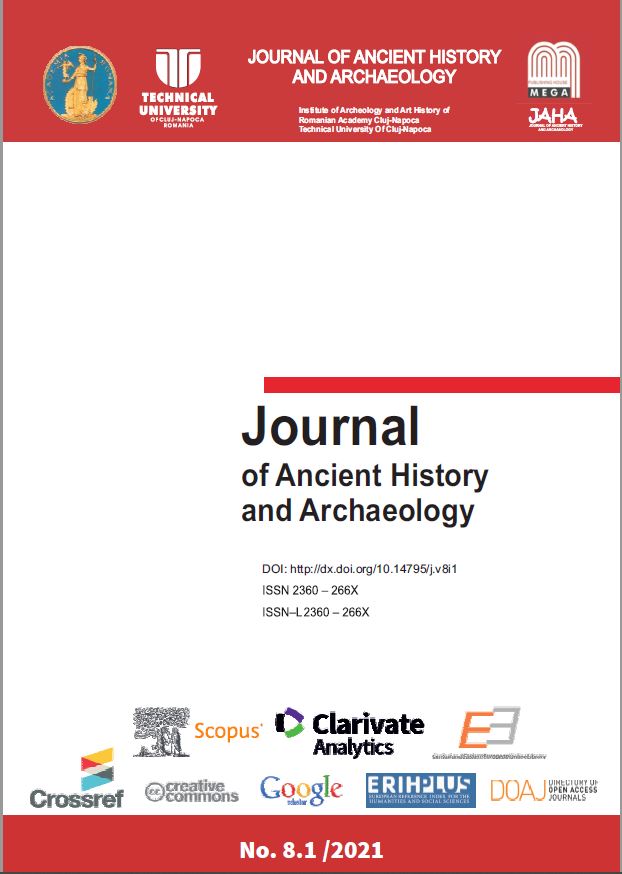DEBUNKING A MYTH: THE DACIAN CURVED SWORD BETWEEN HISTORIOGRAPHICAL DISCOURSE AND THE ARHEOLOGICAL REALITIES
DEBUNKING A MYTH: THE DACIAN CURVED SWORD BETWEEN HISTORIOGRAPHICAL DISCOURSE AND THE ARHEOLOGICAL REALITIES
Author(s): Alin Henţ, Daniel CioatăSubject(s): History, Ancient World
Published by: Editura Mega Print SRL
Keywords: Late Iron Age; Dacians, weapons; historiography; archaeology;
Summary/Abstract: In the first part of this paper, we will try to review the main discourses elaborated so far in the Romanian historiography regarding a certain type of weapon, namely the curved sword, known from the ancient sources as falx (plural falces). For almost a century and a half of Romanian history and archaeology, there was an increased interest of scholars for this type of weapon and for curved weapons in general. In a perfect cultural-historical manner, an entire identity discourse was shaped, the curved swords being an element for the identification of the Dacian population. In the second part of this paper, the accent will shift towards archaeology, and we will present, in particular, the curved swords discovered over time at Grădiștea de Munte – Sarmizegetusa Regia (Hunedoara County, Romania). In contrast with most papers that start from iconographical representations and ancient textual sources, we would rather let archaeology tell us the story of these weapons.
Journal: Journal of Ancient History and Archaeology
- Issue Year: 8/2021
- Issue No: 1
- Page Range: 5-18
- Page Count: 14
- Language: English

